The FEBS Journal | August 23, 2013
Alexander Wlodawer, Wladek Minor, Zbigniew Dauter, Mariusz Jaskolski
FEBS J. 2013 Nov;280(22):5705-36. doi: 10.1111/febs.12495. Epub 2013 Sep 18.
Abstract
The number of macromolecular structures deposited in the Protein Data Bank now approaches 100,000, with the vast majority of them determined by crystallographic methods. Thousands of papers describing such structures have been published in the scientific literature, and 20 Nobel Prizes in chemistry or medicine have been awarded for discoveries based on macromolecular crystallography. New hardware and software tools have made crystallography appear to be an almost routine (but still far from being analytical) technique and many structures are now being determined by scientists with very limited experience in the practical aspects of the field. However, this apparent ease is sometimes illusory and proper procedures need to be followed to maintain high standards of structure quality. In addition, many noncrystallographers may have problems with the critical evaluation and interpretation of structural results published in the scientific literature. The present review provides an outline of the technical aspects of crystallography for less experienced practitioners, as well as information that might be useful for users of macromolecular structures, aiming to show them how to interpret (but not overinterpret) the information present in the coordinate files and in their description. A discussion of the extent of information that can be gleaned from the atomic coordinates of structures solved at different resolution is provided, as well as problems and pitfalls encountered in structure determination and interpretation.

